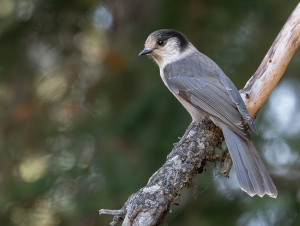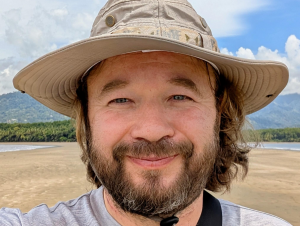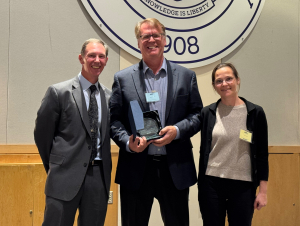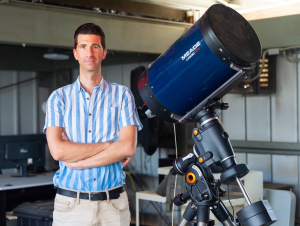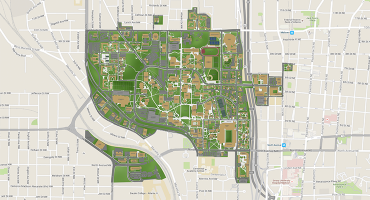To request a media interview, please reach out to experts using the faculty directories for each of our six schools, or contact Jess Hunt-Ralston, College of Sciences communications director. A list of faculty experts is also available to journalists upon request.
News Center
Experts In The News
A team of researchers from the School of Biological Sciences published a paper on interlimb training and how it may provide tangible benefits during early-stage rehabilitation following upper limb amputation, especially in cases of partial-hand loss.
Nature Scientific Reports November 5, 2025As Hurricane Melissa barrels toward Jamaica as a Category 5 storm, some in the meteorological community are questioning if the traditional way of measuring hurricane strength still tells the full story.
Zachary Handlos, director of the Atmospheric and Oceanic Sciences Undergraduate Degree Program at Georgia Tech, believes it might be time to rethink how we classify hurricanes. While the Saffir-Simpson Hurricane Wind Scale, which rates storms from Category 1 through 5 based solely on maximum wind speed, has been used for decades, Handlos says it doesn’t always capture a storm’s true impact.
“You don’t have to be a tropical cyclone expert to know that the scale has some limitations,” Handlos said. “It doesn’t necessarily portray how strong or impactful a hurricane can be beyond its wind speed.”
11Alive News October 27, 2025
